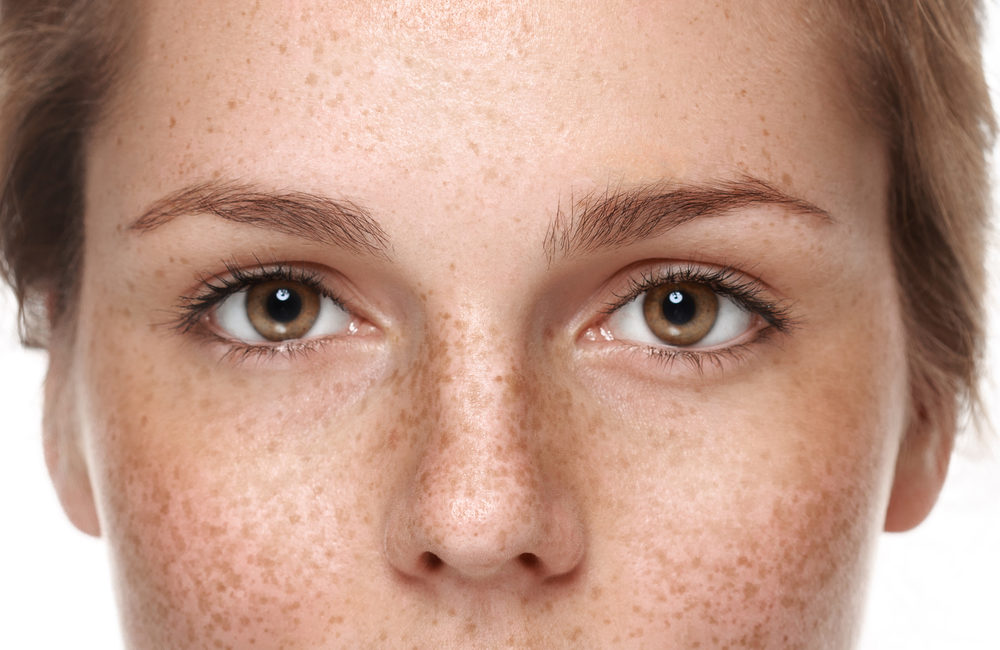Skin pigmentation is caused by a number of factors which are usually out of our control – hormonal imbalance, overexposure to the sun, genes, skin aging, and medical conditions. Although they do not pose a serious threat to the skin, it definitely can shake up your confidence and self-esteem.
Skin pigmentation doesn’t just steal your glow, but also makes you resort to various, unnecessary steps just to get rid of them. However, by understanding the causes of pigmentation and how they should be treated, you can get rid of any types of pigmentation.
Contents
How To Remove Pigmentation From Face Permanently?
Pigmentation is a skin condition that causes dark spots on the skin. This is led by melanocytes cells which are responsible for producing the skin’s natural pigment, called melanin. When there’s a damage or disruption in the melanocytes, they tend to overproduce Melanin in some areas of the face, which appear to be the dark spots.
Skin pigmentation on the face is commonly caused by sun exposure. The harmful UV Rays signals the skin to protect itself – and the first line of defence of the skin is pigmentation. Pigmentations are also caused by hormonal imbalance, genes, and improper skincare routine.
To treat skin pigmentation permanently on the face, treatments should be able to effectively target the affected areas and supply the necessary nutrients to improve the complexion and lighten any pigmentation. There are various ways to permanently remove pigmentation on the face — be it with simple home remedies or with the help of specialists and their advanced methods and technologies.
How can I lighten my pigmentation?
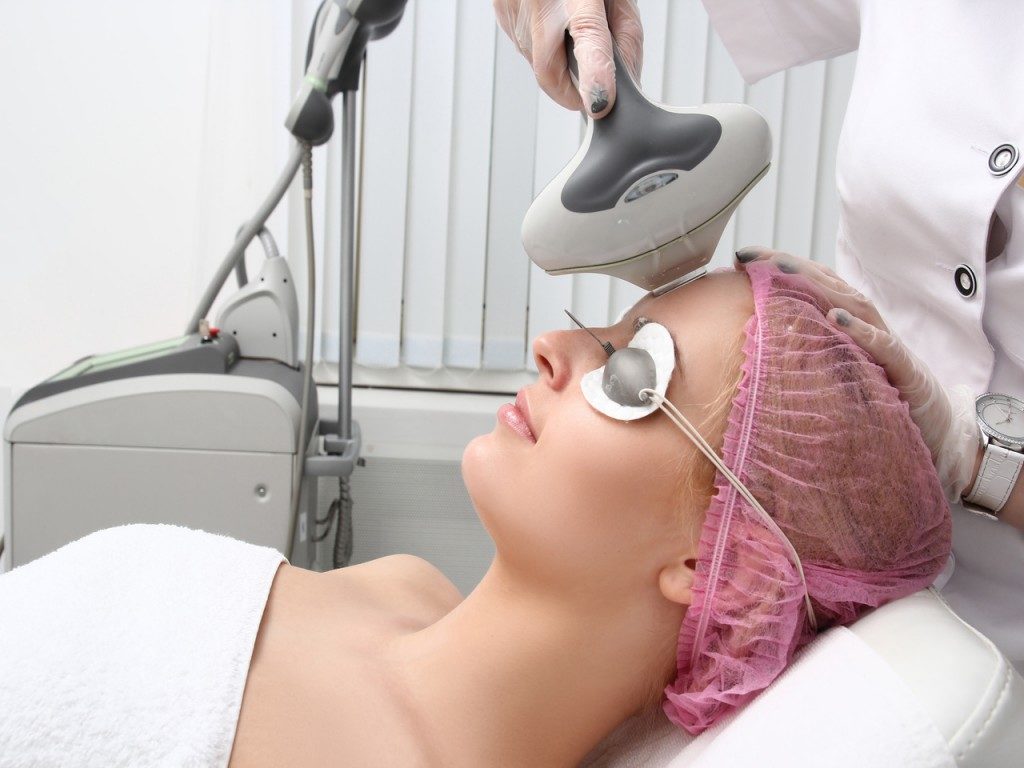
Laser Treatments
Laser treatment is an advanced treatment that uses laser energy to target pigmentation. Only a skin specialist is capable of controlling the machine’s intensity and be more precise in targeting the affected areas. The energy released is zapped into the skin, reaching even the deepest layers, to breakdown the pigments. Lasers trigger the body’s natural healing process and help heal any lesions deep within the skin. Additionally, laser treatments encourage collagen production, which helps lighten any skin pigmentation.
There are different kinds of laser treatments which differ in their pulse width, wavelength, and the rate at which they deliver the light beam.
Lutronic PicoPlus
It uses ultrashort picosecond pulses to target pigmentation deep into the skin. It uses a focus lens that removes any impurities on the skin’s surface. PicoPlus creates micro-cavities in the targeted area to signal the body to heal itself and encourage natural collagen production.
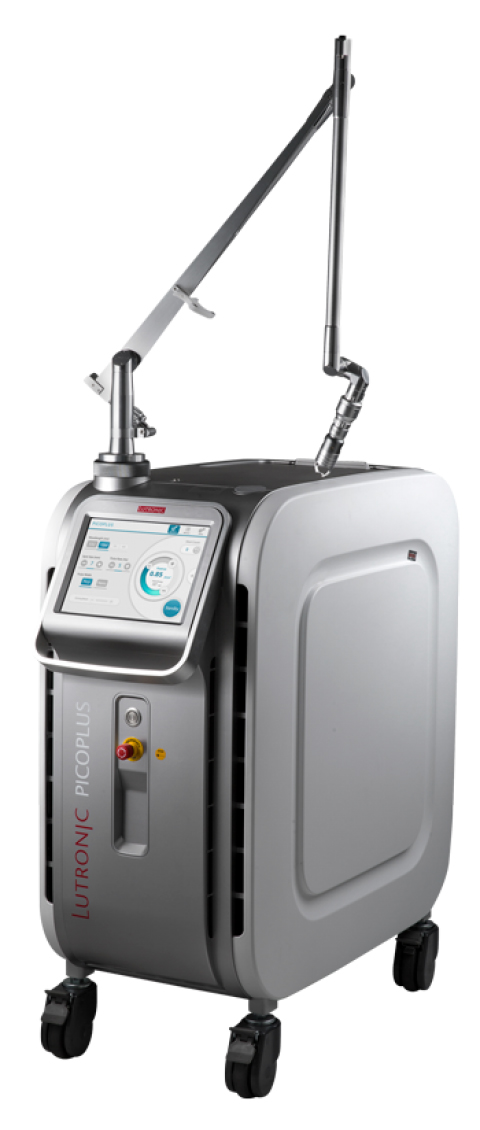
Pro Yellow
It has a higher absorption wavelength of 577 – this allows the blood vessels and Melanin to effectively absorb the laser energy; in turn, pigments are broken down into small particles.
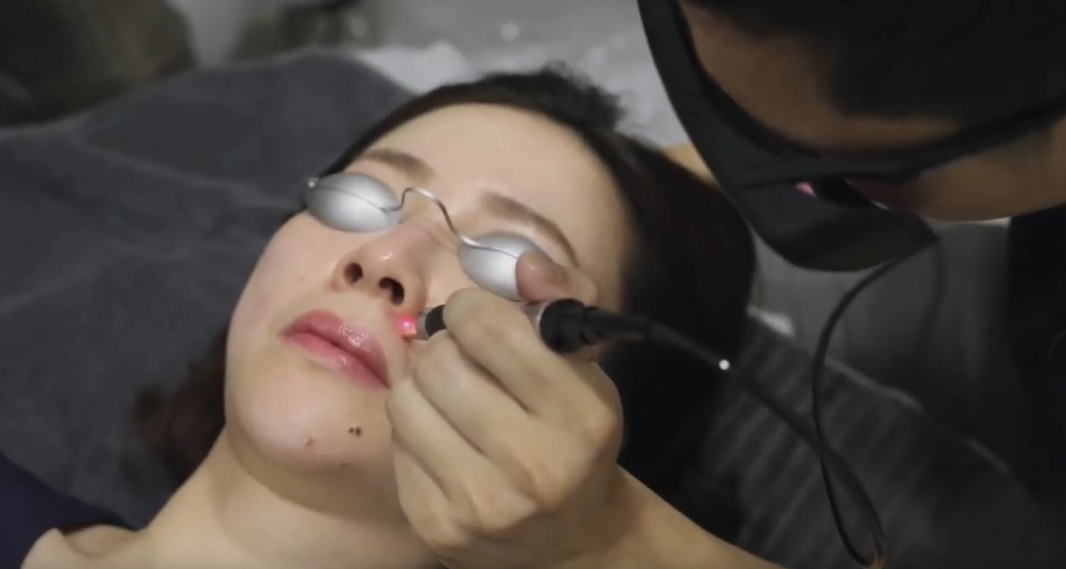
Ruvy Touch
It uses a 660 nm laser beam with ultrashort picosecond pulse duration which helps minimize heat, inflammation, and damage to the surrounding tissues. Side effects are reduced because of the lower absorption in hemoglobin. Ruvy touch uses a red pulse laser energy to target superficial pigmentations such as freckles and age spots.
Chemical Peels
Products used for professional chemical peeling contain acids and potent ingredients that effectively reach deep into the skin. These ingredients react to the surface and dissolve its outer layers. The small injuries caused by the chemicals trigger the body’s natural healing response and encourages collagen production.
There are two types of chemical peels: Superficial chemical peels target the outer layers of the skin and require only minimal downtime; while Deep chemical peels contain stronger ingredients that reach deep into the dermis and requires a more extended downtime.
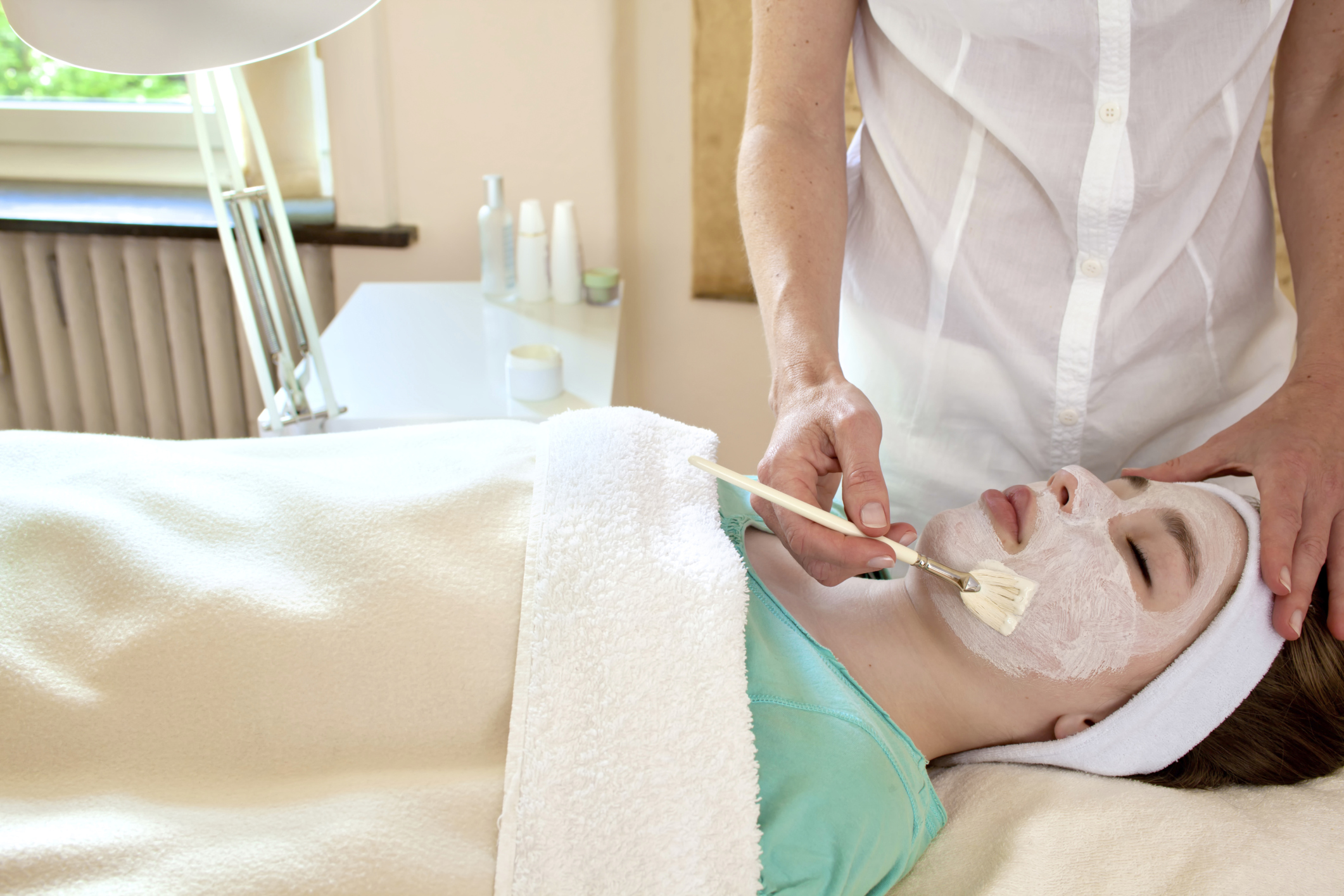
Topical Creams
Depigmentation creams contain active ingredients that effectively improve skin pigmentation, such as melasma and age spots.
Hydroquinone-based creams and Cysteamine (Cyspera) are 2 types of medical-grade depigmentation creams.
- Hydroquinone works like bleach on the skin. It decreases melanocytes cells that are responsible for producing Melanin, which is the body’s natural pigment forming the dark spots.
- Cysteamine (Cyspera) is commonly used for treating melasma. Cysteamine, which is naturally present in the body, reduces Melanin on the skin’s surface leading to lighter pigmented spots.
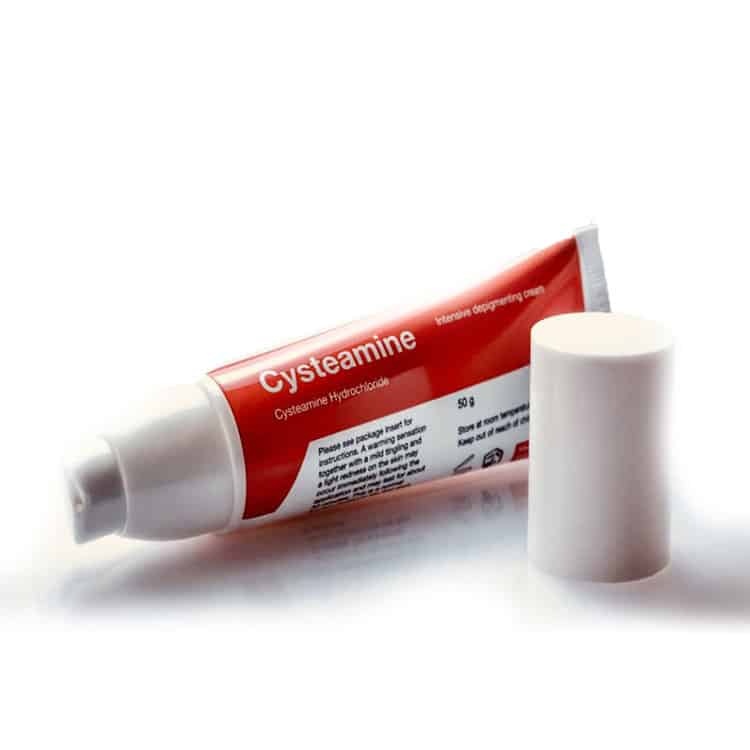
Home remedies
Besides medical treatments, there are ingredients found in your home that may help lighten your pigmentation. Natural ingredients contain active ingredients that can stop melanin production, exfoliate the skin, and treat damages. DIY treatment and masks with the right mixture of ingredients can help lighten dark spots. Just be sure to always do a patch test for sensitivity before applying it on the rest of the affected areas.
Can pigmentation be cured completely?
Yes, pigmentation can be cured completely given that you know the best way to treat it with the help of a specialist and proper skin care. There are various ways to manage your pigmentation – OTC creams, medicines, chemical peels, and lasers. It just takes the right procedure and the proper know-how on how to get rid of pigmentation completely.
Pigmentations that are superficial (brownish to black) are easier to heal while dermal pigmentation is much harder to remove – simply because it extends deeper into the skin layers.
Pigmentations respond better and heal faster when they are treated immediately. It can be controlled and maintained through the right treatments, proper diet, wearing sun protection, and taking in essential vitamins and antioxidants.
Home Remedies For Pigmentation
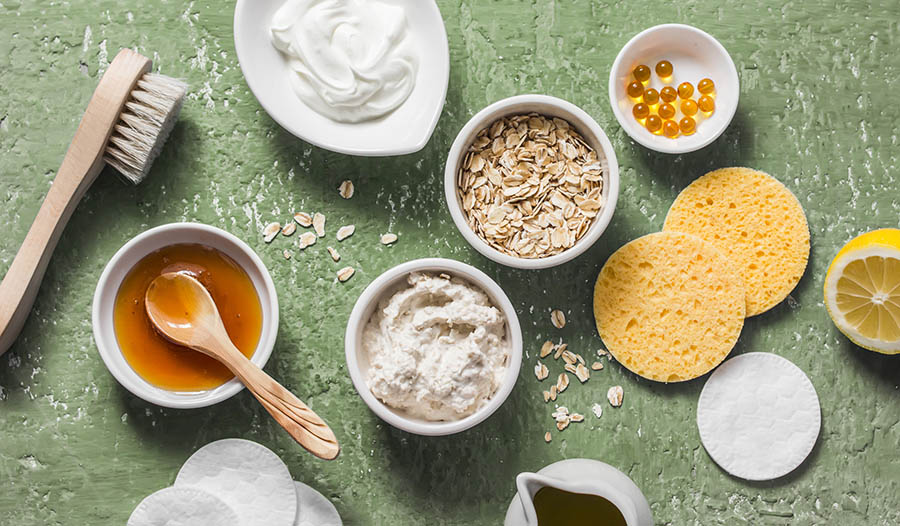
Although there is a wide range of medical treatments available, here are some natural remedies you can do at home.
Apple Cider Vinegar
ACV contains an astringent property called Acetic Acid. This helps decrease melanin deposits, which helps lighten pigmentation. Beta-carotene is also found in ACV which treats damages done to the skin – leaving the skin supple, dewy, and with a radiant glow.
This is done by mixing equal parts of ACV and water in a container. Dip cotton into the mixture, apply it on the affected area and leave on for 3 minutes. Rinse with warm water. Repeat twice a day for better results
Raw Potatoes
Potatoes contain catecholase, which is an essential enzyme for lightening pigmented skin. This starchy vegetable slows down, and may even stop the production of Melanin in certain areas.
An easy way to do this is to slice a fresh potato and rub it on the affected area in a circular motion. Continuously do this for 3 to 5 minutes, then rinse with warm water. Repeat this thrice a week. Visible results may be seen after a month.
Aloe Vera
Aloe vera has a compound called Aloesin, a natural depigmenting compound, that helps lighten hyperpigmentation. Aloesin is found to slow down and stop melanin production. Aloe vera also helps protect the skin from sun exposure, soothes the skin, and calms it down.
Apply pure aloe vera gel on the pigmented area overnight. Rinse with warm morning the next morning. You can also mix aloe vera with honey – and apply the mixture on the affected area. Leave this on for 20-30 minute, then rinse with warm water.
Green Tea
Green tea is rich in antioxidant and anti-inflammatory properties. The tea extracts contain mushroom tyrosinase, which has a depigmenting effect. Green tea can slow down melasma production, lighten pigmentation, and reduce sunburn.
Boil water and steep green tea in hot water for about 5 minutes. Remove the bag from the water and let cool. Rub the tea bag on the pigmented areas. Do this twice a day for best results.
Licorice
Extracts from licorice called glabridin have antioxidant, anti-inflammatory, and skin-whitening effects. It helps breakdown and lightens Melanin, as well as stop melanin production to reduce skin pigmentation. There are topical treatments available over the counter which contains licorice extract.
For a homemade licorice treatment, add water and licorice roots to a pan. Boil on a medium flame for about 10 minutes and let cool down. Strain it, leaving only the liquid (Tip: put in a spray bottle for easier use). Apply this on your face twice a day.
Lemon Juice
Lemon is known for its bleaching and skin lightening properties. It contains antioxidants that also protect the skin from harmful UV Rays to reduce risk of pigmentation.
Mix lemon juice with honey in a bowl. Apply it only on the affected area and leave on for 15 minutes. Wash off with warm water. Lemon juice can irritate the skin, which is why you will need to do some spot test first.
Papaya
This fruit contains “papain”, an effective exfoliating property. Papaya encourages cell growth, breaks down dark spots, and help eliminate dead skin cells.
Grab some papaya and squeeze it to extract its juices. Apply this juice on the pigmented area and leave on for 15 minutes. Do this daily, and you’ll see results after a month.
Pigmentation Creams in Singapore
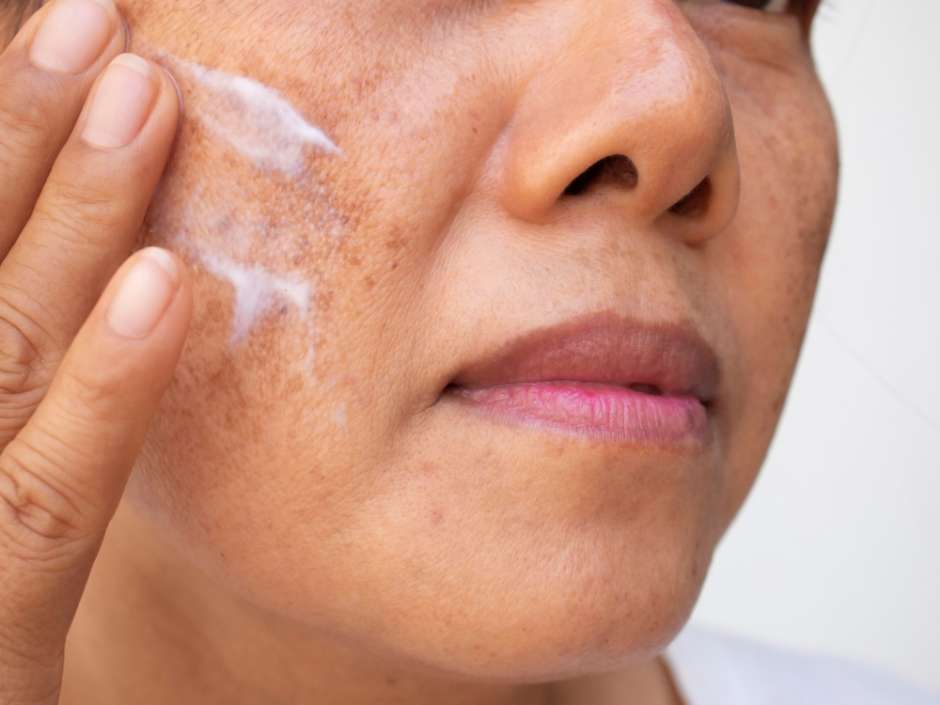
Are you looking for a simple way on how to get rid of pigmentation? Pigmentation creams are a great addition to your skin care that contain high-powered active ingredients that can bleach the skin, exfoliate the epidermis, and help increase new skin cell production. Ingredients that work well with treating hyperpigmentation are kojic acid, peptides, beta hydroxy acids, retinol, vitamin C, and alpha hydroxy acids.
Are over-the-counter pigmentation creams in Singapore effective?
Some over-the-counter pigmentation creams in Singapore help in reducing pigmented spots. Some focus on specific conditions like melasma or age spots, while some claim to be “all-in-one”. They work by blocking melanin production, exfoliating, prevent free radicals, and lighten spots.
For the most effective pigmentation cream, it is best to consult a doctor. Not all OTC pigmentation creams are one-size-fits-all. One may work effectively to some but won’t work as well to others. Being on the safe side, your skin type, pigmentation condition, and health history should be considered when identifying the best pigmentation treatment for you.
How to Prevent Pigmentation
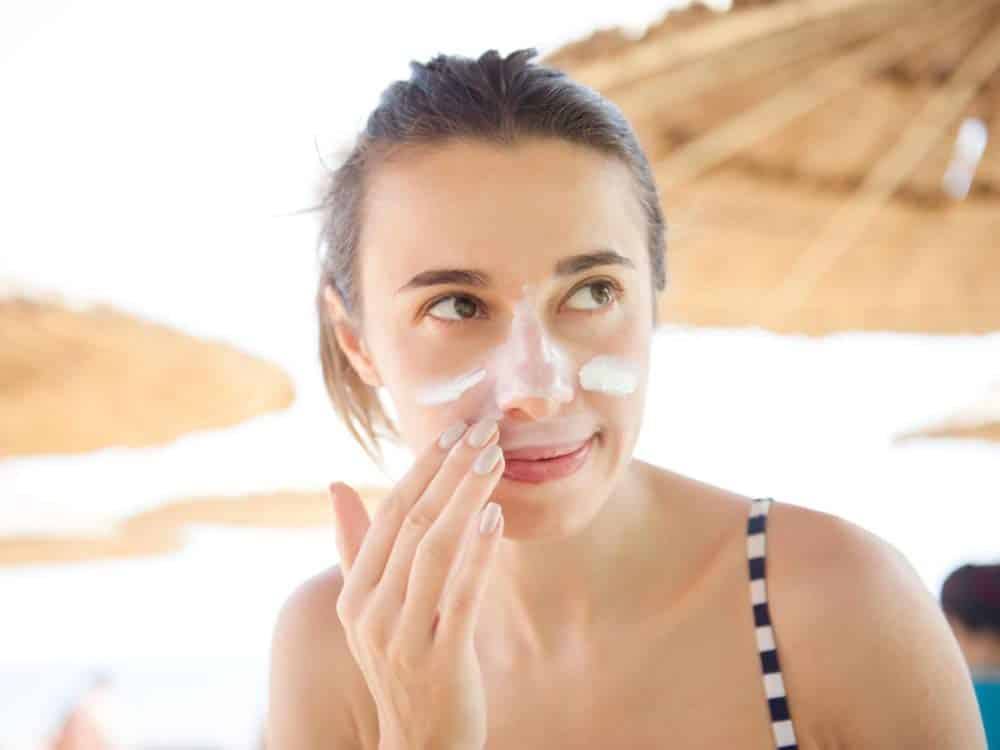
Opt for skincare products that help you reduce the risk of skin pigmentation and help you get rid of them. You can use skin brightening products that are available in the drugstore – these stop spots from developing to dark spots. Products containing vitamin C, kojic acid, and licorice contain ingredients that help stop the production of Melanin.
Asking advice from a specialist may also help. They can identify what skincare products will best suit your skin type and condition.
Exfoliate
Opt for exfoliating products containing glycolic acids or retinol. These exfoliate the surface of the skin – removing dead skin cells, including pigmented cells. Speeding up on your skin’s exfoliation can sometimes slow down the melanocytes from producing pigment fast.
Do not pick on blemishes
Avoid scratching your skin, popping blemishes, and picking at your skin. Doing those can cause skin pigmentation or worsen the areas that are already pigmented. Touching blackheads, pimples, or even insect bites, can trigger inflammation and lead to hyperpigmentation.
No matter how much vitamin 3 oil you put on that brown scar after picking on a pimple, it won’t go away. Because this is not a scar, rather, it is post-inflammatory hyperpigmentation (PIH), developed due to the injury or trauma to the skin. It is important to leave your blemishes alone and allow them to heal on their own. Medical treatments, such as lasers, can help speed up the healing process of pigmentation caused by blemishes.
Skin Checks and Professional Treatment
Having a regular skin check ups from a dermatologist will help you quickly address issues that may develop into pigmentation. A specialist will recommend you products and treatments to prevent pigmentation.. Other medical procedures such as lasers, chemical peels, and medical grade skin care products may also be prescribed, depending on your condition.
As the saying goes, prevention is better than cure. Skin pigmentation can be a challenge to deal with; this is why doing everything to stop them from developing will be well worth it.
Sun Protection
Most skin pigmentations are caused by UV Rays, or if not, they are just made worse by it. Pigmentation is the skin’s first line of defence – so when it’s exposed from the sun too long and feel the UV Rays, the skin produces more Melanin to protect itself. This causes sun spots or age spots.
Be sure to use a daily sunscreen with the right skincare ingredients. Sun protection contains active ingredients that help stop melanin production and still protect the skin from the damaging UV rays. Also, limit your time spent under the sun, especially at hours the sun produces too much UV rays and heat.




